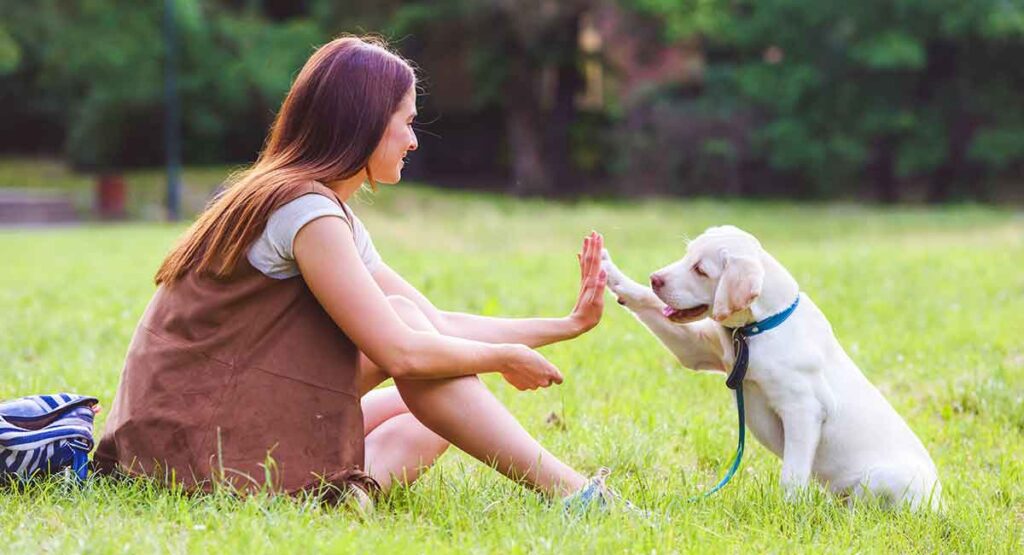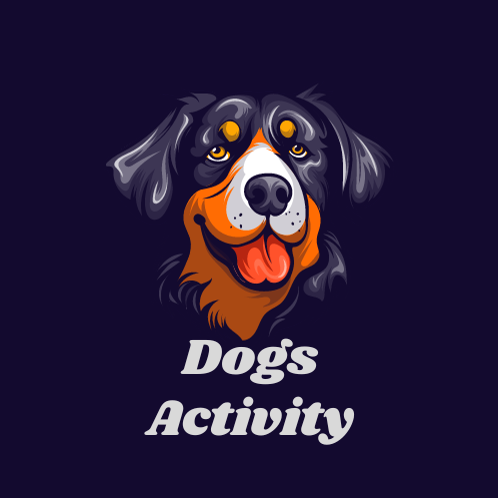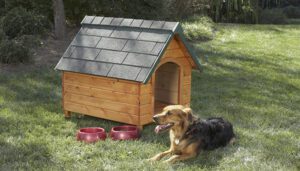
Labrador Retrievers are known for their friendly and outgoing nature, making them a popular choice for families and dog lovers. Lab puppies, in particular, are adorable bundles of energy and curiosity. However, without proper training, that boundless energy can lead to a less-than-desirable furry companion. In this comprehensive guide, we’ll walk you through the essential steps of Lab puppy training, using the keyword “lab puppy training” to ensure a harmonious and rewarding relationship with your four-legged friend.
Start Early: The Importance of Puppy Training
Lab puppies are like sponges, absorbing information and experiences rapidly. To set a solid foundation for their future behavior, it’s crucial to start training as early as possible. Lab puppy training is not just about teaching them commands; it’s about fostering good habits and socializing them with the world around them.
When you bring your Lab puppy home, you’re essentially their teacher and guide in this new environment. Be prepared to invest time and effort into their training, and you’ll reap the rewards in the form of a well-behaved and happy companion.
Create a Safe and Fun Environment
Before delving into specific training techniques, make sure your home is a safe and welcoming place for your Lab puppy. Remove any potential hazards, such as toxic plants, chemicals, or small objects that they might swallow. Puppies are naturally curious and will explore their surroundings with their mouths, so be extra cautious.
Create a designated space for your Lab puppy with a comfortable bed, toys, and food and water bowls. This area should serve as a safe haven where they can relax and play.
Socialization: The Key to a Well-Balanced Lab
Socialization is a fundamental aspect of Lab puppy training. Exposing your pup to various people, animals, and environments at a young age will help them grow into a confident and well-rounded adult dog. Here’s how you can achieve this:
a. Puppy Playdates: Arrange playdates with other puppies or well-behaved adult dogs. This interaction helps your Lab puppy learn social cues and proper behavior when meeting other canines.
b. Meet Different People: Introduce your Lab puppy to people of various ages, genders, and ethnic backgrounds. Make sure these interactions are positive and enjoyable.
c. Exposure to Various Environments: Take your puppy for walks in different settings, such as parks, cities, and rural areas. Familiarizing them with various environments will reduce anxiety in new places as they grow.
d. Handling Exercises: Gently touch your Lab puppy’s paws, ears, and mouth to get them used to being handled. This will make grooming and vet visits much easier in the future.
Positive Reinforcement: The Foundation of Lab Puppy Training
Positive reinforcement is a powerful tool in Lab puppy training. This method involves rewarding your puppy for exhibiting desirable behaviors, making them more likely to repeat those behaviors. Here’s how you can use positive reinforcement effectively:
a. Treats: Use small, tasty treats to reward your puppy when they follow commands correctly. Make sure the treats are easy to eat and not too large.
b. Verbal Praise: Offer enthusiastic verbal praise when your puppy does something right. Use a cheerful tone to convey your happiness.
c. Playtime: Many Lab puppies are highly motivated by play. Incorporate play sessions as rewards for good behavior.
d. Timing Is Crucial: Be sure to reward your puppy immediately after they perform the desired action. This helps them make a clear connection between their behavior and the reward.
Basic Obedience Commands
Training your Lab puppy to follow basic obedience commands is essential for their safety and your peace of mind. Here are a few commands to start with:
a. Sit: Teaching your Lab puppy to sit is one of the first commands to master. Hold a treat above their head and move it back, guiding them into a sitting position. Once they’re seated, say “sit” and give them the treat.
b. Stay: “Stay” is a valuable command for keeping your pup safe. Begin by having them sit, then hold your hand in front of their face and say “stay.” Step back a few paces and return to them. Reward them if they stay in place.
c. Recall (Come): A strong recall command is crucial for your Lab’s safety, especially when they’re off-leash. Start by calling your puppy’s name and saying “come” in an inviting tone. When they reach you, reward them with treats and praise.
d. Down: To teach your Lab to lie down on command, hold a treat in front of their nose and slowly lower it to the ground. As they follow the treat, say “down” and reward them once they’re lying down.
e. Leave It: This command can prevent your Lab from picking up something they shouldn’t. Offer a treat in one hand and say “leave it” when they show interest in it. When they look away from the treat, reward them with a different treat.
Consistency Is Key
Consistency is crucial in Lab puppy training. Make sure all family members are on the same page and use the same commands and rewards. Inconsistency can confuse your puppy and slow down their progress. Establish a consistent routine for feeding, potty breaks, and training sessions to help your Lab understand what’s expected of them.
Crate Training: A Safe Space for Your Lab
Crate training is a valuable tool for teaching your Lab puppy about boundaries and providing them with a secure space. When done correctly, it can be a positive experience for your pup. Here’s how to approach crate training:
a. Choose the Right Crate: Select a crate that is appropriately sized for your Lab puppy. It should be large enough for them to stand up, turn around, and lie down comfortably but not so big that they can use one end as a bathroom.
b. Make It Cozy: Place soft bedding, a few toys, and some water in the crate to make it a comfortable environment.
c. Gradual Introduction: Encourage your puppy to explore the crate on their own by leaving the door open and placing treats or toys inside. Avoid forcing them inside.
d. Gradual Alone Time: Once your puppy is comfortable with the crate, start leaving them in it for short periods while you’re at home. Gradually increase the duration of these alone times.
e. Never Use It for Punishment: The crate should always be a positive space. Never use it as a form of punishment, and avoid leaving your puppy in it for extended periods.
Leash Training: Teaching Your Lab to Walk Nicely
Lab puppies are known for their enthusiasm during walks, often pulling on the leash. Proper leash training is essential for your Lab’s safety and your walking enjoyment. Follow these steps to teach them to walk nicely on a leash:
a. Use a Proper Leash and Collar: Invest in a comfortable leash and collar. For most Lab puppies, a well-fitted harness is an excellent choice, as it reduces strain on their neck.
b. Practice Indoors: Start by practicing leash walking indoors or in a fenced-in yard, where there are fewer distractions. Use treats and positive reinforcement to encourage them to walk by your side.
c. Short Walks: Begin with short, enjoyable walks, gradually increasing the distance as your Lab puppy becomes more comfortable with the leash.
d. Stop and Go: If your puppy pulls on the leash, stop walking until they return to your side. When they do, reward them with a treat and continue the walk.
e. Consistency Is Key: Be consistent with your expectations and rewards to reinforce good leash-walking behavior.
Toilet Training: Saying Goodbye to Accidents
Toilet training is a vital aspect of Lab puppy training. Consistency and patience are key to success in this area. Here’s how to get started:
a. Establish a Schedule: Feed your puppy at the same times each day, and take them outside shortly after eating, drinking, playing, or waking up. Puppies often need to eliminate within 15-30 minutes of any of these activities.
b. Watch for Signs: Pay close attention to your puppy’s behavior. If they start sniffing around, circling, or whining, it may be a sign that they need to go outside.
c. Praise and Reward: When your puppy eliminates outside, offer enthusiastic praise and a treat. This positive reinforcement helps them associate outdoor potty breaks with rewards.
d. Be Patient: Accidents will happen, especially during the early stages of toilet training. When they do, clean up the mess without scolding your puppy; they won’t understand what they did wrong.
e. Use a Command: You can use a specific command, such as “go potty,” when your Lab is eliminating. This can help them associate the action with the command.
Seeking Professional Help
While many Lab puppy owners can successfully train their dogs at home, some situations may require the expertise of a professional dog trainer or behaviorist. If you encounter serious behavior issues, aggression, or extreme fear, it’s essential to seek help from a professional who can assess the situation and provide guidance.
Conclusion
Labrador Retriever puppies are known for their boundless energy and friendly nature. With the right training, you can channel that energy into well-behaved and happy companions. Lab puppy training is a journey that involves consistency, patience, and love. Remember that every dog is unique, and the training process may vary from one puppy to another. Be adaptable, and adjust your training techniques to suit your Lab’s personality and needs.
Starting early, socializing your puppy, using positive reinforcement, and teaching basic commands are essential steps in Lab puppy training. Additionally, crate training, leash training, and toilet training will help create a well-rounded and obedient dog.
As you embark on this training adventure with your Lab puppy, keep in mind that the bond you create through the training process will last a lifetime. Enjoy the journey of watching your furry friend grow, learn, and become an integral part of your family.
Lab puppy training is a rewarding experience that will not only make your Lab a well-behaved member of your household but also strengthen the special bond between you and your four-legged companion.


